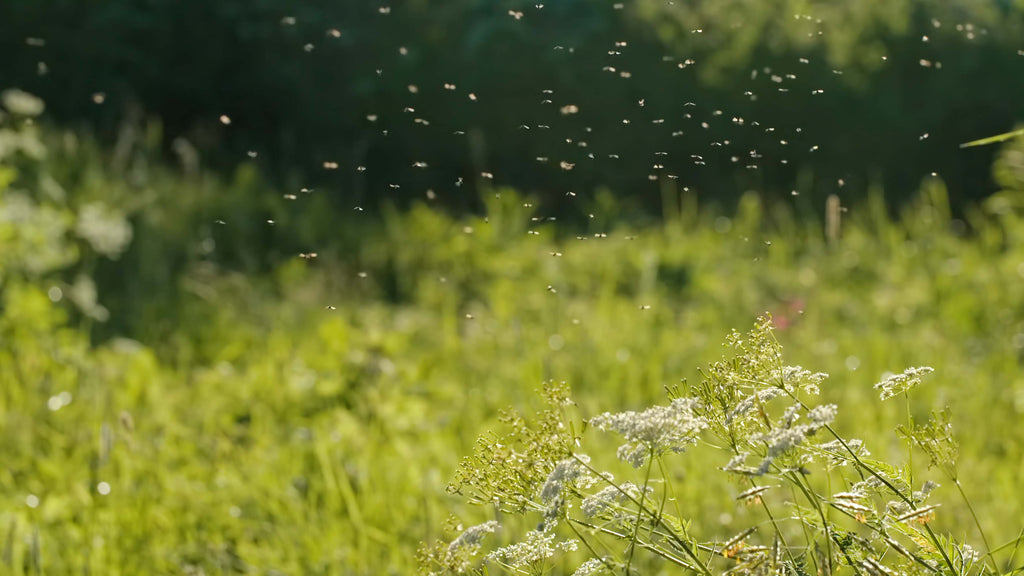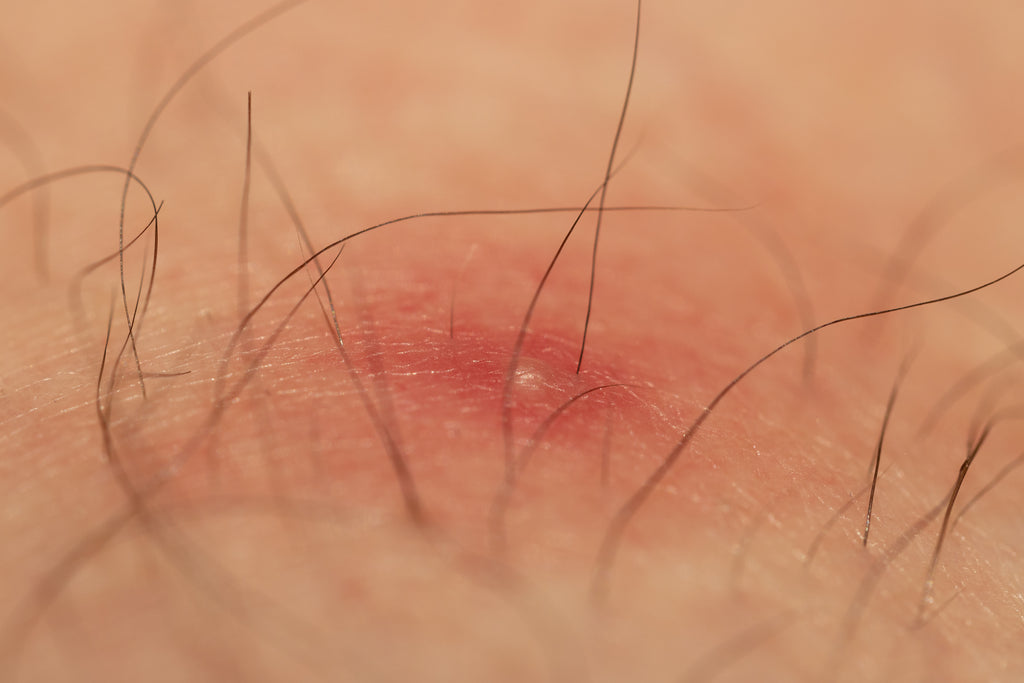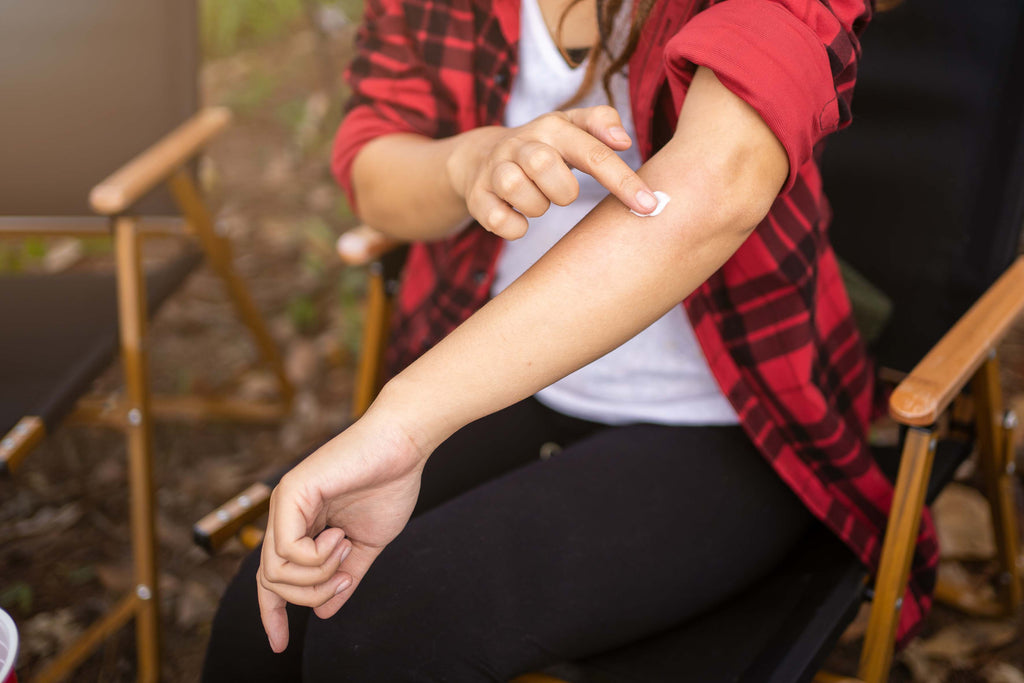What are No-See-Um's
No-see-ums, also commonly known as midges, are tiny flies that measure only 1.5 to 3 mm in size and can be found worldwide. Most no-see-ums have a lifespan of only a few days and cannot bite through clothing; however, the bites they do deliver often cause itching, irritation and even discomfort. These small pests will bite anything warm-blooded including large mammals such as humans, livestock and pets. In other words, beware of these unseen midges since their bites can cause some surprisingly painful consequences!

Where do you find No-See-Um's
Midge, small flies that look like mosquitos, can be found around bodies of water such as ponds, marshes and lakes. They typically lay their eggs and cluster in areas of damp soil near water although midges are known to fly in swarms across wide distances, so they can also be found far away from where they were initially spawned. They usually prefer humid environments with standing or moving water that makes it easier for them to breed and feed off other organisms. Midge populations spike dramatically during mid June and mid-July when the temperature is just right for their growth. Most midges die off quickly due to factors like severe weather but given the right conditions midge colonies will often survive much longer than expected.

Where do you find mosquitoes
Mosquitoes are common pests and can be found in many areas around the world. They are generally attracted to moist, warm environments such as wetlands, marshes, and bodies of water. During the summer months, they can often be found near stagnant pools of water, ponds, or other still sources of water.
How long do mosquitoes live for
Most mosquito species live for just two weeks at most, though larger varieties have been known to survive up to six months.
Mosquito bites vs No-See-Um Bites
Mosquito bites and no-see-um bites may seem similar, but in reality, these two pests have significant differences between them. The mosquito bite is generally larger and the mosquito itself is much larger than the no-see-um. Mosquitoes typically stay above ground, whereas no-see-ums can get into cracks and crevices to feed from their host – this trait can make them difficult to combat. Mosquito bites are often itchy and cause a red bump on skin, while no-see-um bites can be even itchier and usually look like a rash or mosquito bite with several bumps clustered together. Lastly, mosquito repellent will often provide protection against mosquitoes, though unlikely to repel no see ums due to their size. While mosquito and no see um bites may seem similar at first glance it's important that we distinguish the differences between them so that we can take action accordingly.

Midge bites, otherwise known as no-see ums, are possibly one of the most irritating bites out there. Not only are they smaller than mosquito bites, but also much more painful as well. In most cases, a midge bite will form a small dark red cluster that can take up to two weeks to heal. Unfortunately, if you have an especially bad reaction to the bite, such as fever, redness, swelling, breathing problems and swollen glands, you may need medical attention. Fortunately however, no-see ums are rarely contagious or dangerous.

A mosquito bites often present themselves as a spaced out lumps or welts accompanied by a bit of puffiness. Unfortunately, mosquito bites are hard to ignore as the itching sensation often distracts from everything else. However, there is some good news - if you don't scratch them mosquito bites will usually disappear in 2 days time.

How to treat midge bites
Taking precautionary measures is essential to prevent midge bites, however if they do occur it is important to know how to manage them. Firstly, midge bites are usually painful and itchy and should be alleviated with the application of a hydrocortisone cream or calamine lotion several times a day. Secondly, one should minimize scratching in order to prevent secondary infections from occurring. Keeping the area clean by washing with soap and water is especially important for those who are prone to midge bites as this will help prevent further outbreaks. Lastly, it can also be beneficial to take an antihistamine medication such as loratadine in order to reduce any swelling or discomfort caused by midge bites. With these simple steps midge bite sufferers should soon find relief from their symptoms.




